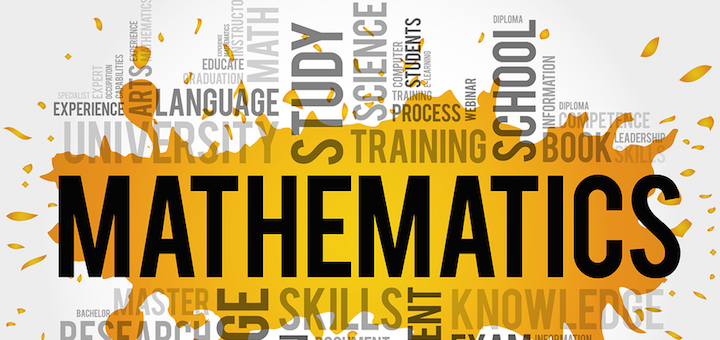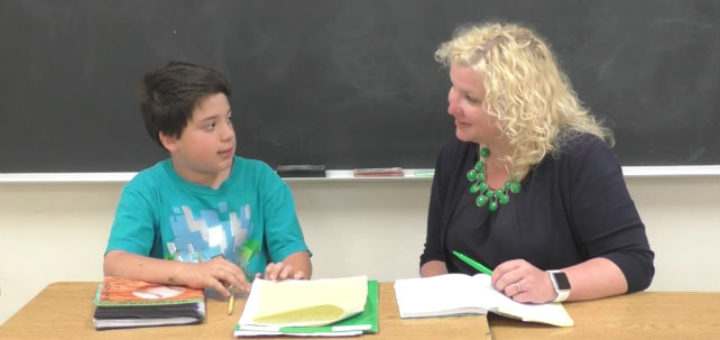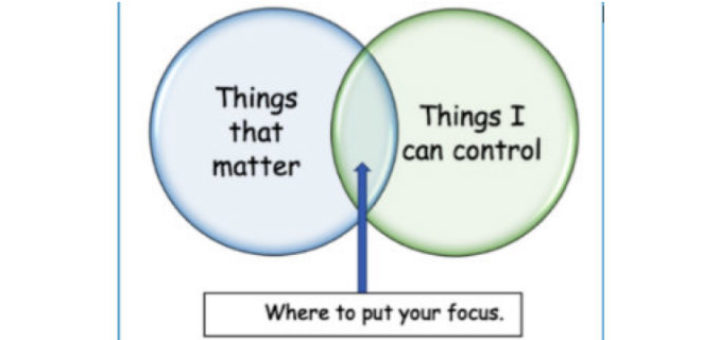Teaching and learning in grades 4-8
Every school has unique procedures, traditions, and personalities. What if new and transitioning teachers, starting fresh in an unfamiliar space, had a checklist to make induction easy and systematic? Author-consultant Frank Buck supplies that tool!
Accessible Algebra provides teachers a better understanding of where students might struggle, methods that can meet individual student needs, and fresh ways to teach a concept. The 30 modules can be adapted for any algebra class, says math teacher Trever Reeh.
Donna Spangler and John Alex Mazzante have “a keen understanding of a language student’s need for frequent changes, movement, playfulness, collaboration, and gentle competition,” says Spanish teacher Jane Swisher, noting this “gem of a book” is easily adaptable.
Carol Pelletier Radford’s 2017 books can help beginning teachers by giving their mentors detailed guidelines, a clearly defined schedule, and routines that allow flexibility for both mentor and mentee, says school district new-teacher liaison Michael DiClemente.
To break through the complacency that often slows positive school change, author and middle level leader Ron Williamson turns to Harvard Business School professor John Kotter for four strategies school leaders can use to create urgency within their organizations.
This year Curtis Chandler’s son set a new one-week record for announcing he was bored by summer. How do we encourage kids to take a break from school, but not from learning? Chandler shares online resources across subject areas to spur some vigorous brain activity.
Young writers will blossom when teachers trade in their red pens for an appreciative approach to feedback, says consultant Patty McGee. As writing mentors, teachers help students achieve quality writing with originality, voice, and style. McGee includes more than a dozen teaching tools.
The High-Trust Classroom by Lonnie Moore is a step-by-step guide to personal and professional fulfillment, says educator Laura Von Staden, adding the book is a quick read, broken into easy chunks that lay out each of the 25 essential qualities of great teachers.
With its ready-made product menus and immediate applicability, Differentiating Instruction with Menus is one of those books that won’t gather dust, as teachers will turn to it for quick reference throughout the school year, says ELA and gifted facilitator Kim Rensch.
Instead of using summer to squeeze in back-to-back PD or obsessively plan for the coming year, teachers can benefit by devoting some time to restore our energy and renew our sense of self. Author and educator Debbie Silver offers some wise guidance to get us started.







































